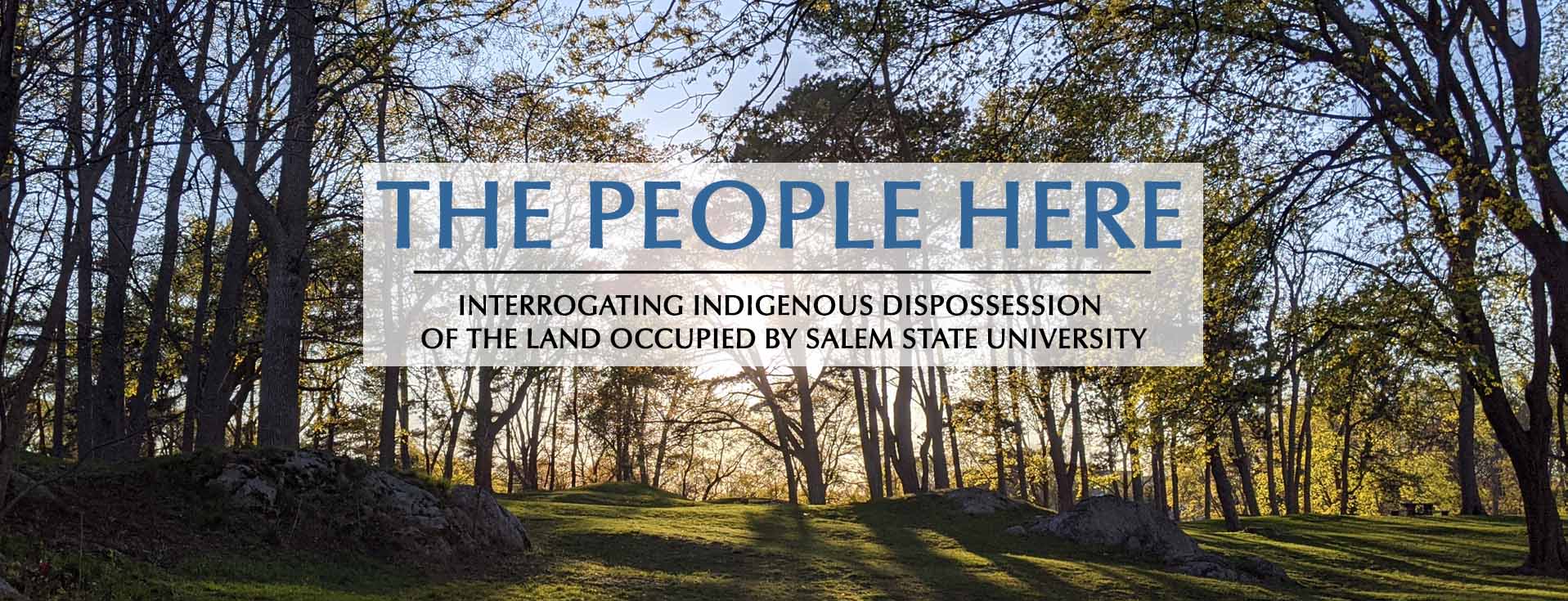Beyond Land Acknowledgment
Ceremonies and traditions that acknowledge and thank ancestors and land are an integral part of Indigenous cultures that have existed since time immemorial. The practice that we know as land acknowledgment, however, is a modern mainstream movement that began in Canada in the early 2000s as a part of a move towards Truth and Reconciliation. In schools, sports arenas, art museums, and government buildings, verbal and written acknowledgments of Native people and their ancestral homelands began to be delivered before cultural events, on bulletins and placards, and in email signatures. In the beginning, such verbal acknowledgments were often constructed and delivered by Native people, whose words served as powerful disruptions that alerted nonnative people both to the survivance of Native people and the ongoing process of colonization. In recent years, when land acknowledgment has become popular in the United States and practiced by nonnative people, the meaning and efficacy of many of these statements have eroded. Today, land acknowledgments at cultural events and within academic institutions can feel like token gestures rattled off to people that have often heard them many times before. Email signatures and placards go unread or, perhaps worse, are read and mentally discarded. Increasingly, both Native and nonnative people have come to critique land acknowledgment as a trendy and empty practice that often offers little in the way of education or action.
The People Here began when we, the nonnative authors of this project, were asked to create a land acknowledgment for Salem State University faculty, staff, and students. In wading into the rich and complex past and present of the Naumkeag people, The People Here proposes that meaningful acknowledgment of Indigenous people and land requires more than just a few sentences. As we construct a timeline of thousands of words and dozens of images to illustrate an incomplete but broad narrative of the people of Naumkeag, we hope that The People Here will give the Salem State community opportunities for deeper engagement that standard two-sentence land acknowledgments simply do not allow. Still, we understand that land acknowledgment is not nearly enough. While words are important, action is needed to truly affect change.
The following is a list of resources for Native organizations and activist movements. We encourage visitors of this exhibit to explore, engage, and otherwise support Indigenous-led efforts towards land returns, reparations, and methods of decolonization that disrupt and dismantle colonial structures.
Massachusetts Center for Native American Awareness
North American Indian Center of Boston
First Light – Repairing, returning at the speed of trust.
LANDBACK - Building lasting Indigenous sovereignty.
NDN Collective: Defend. Develop. Decolonize.
Land Reparations & Indigenous Solidarity Toolkit
Seeding Sovereignty and @seedingsovereignty
Native-Land.ca and @nativelandnet
The People Here is an ongoing project that seeks contributions from the Salem State community. If you would like to add to this list, please write us at thepeoplehereproject@gmail.com

